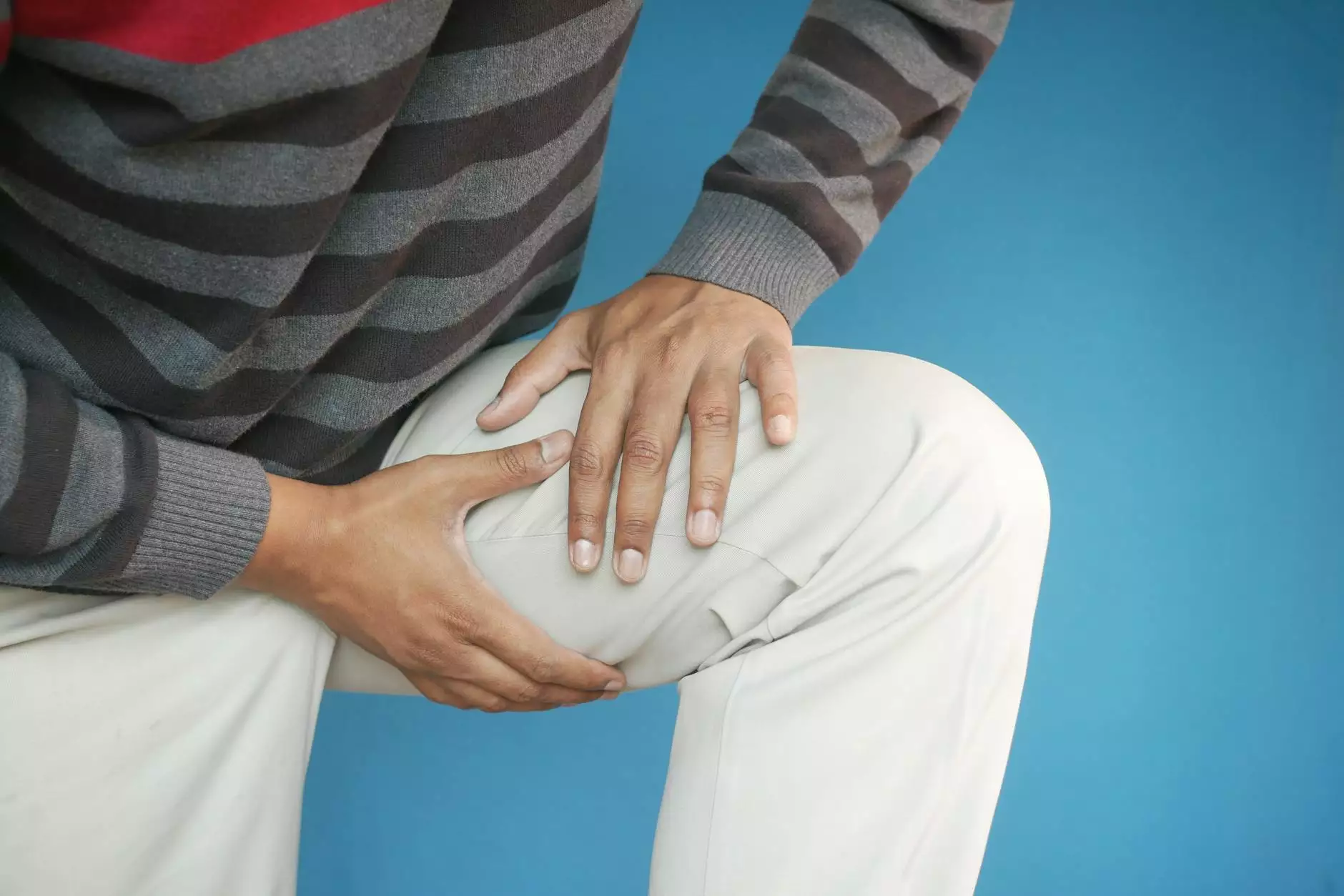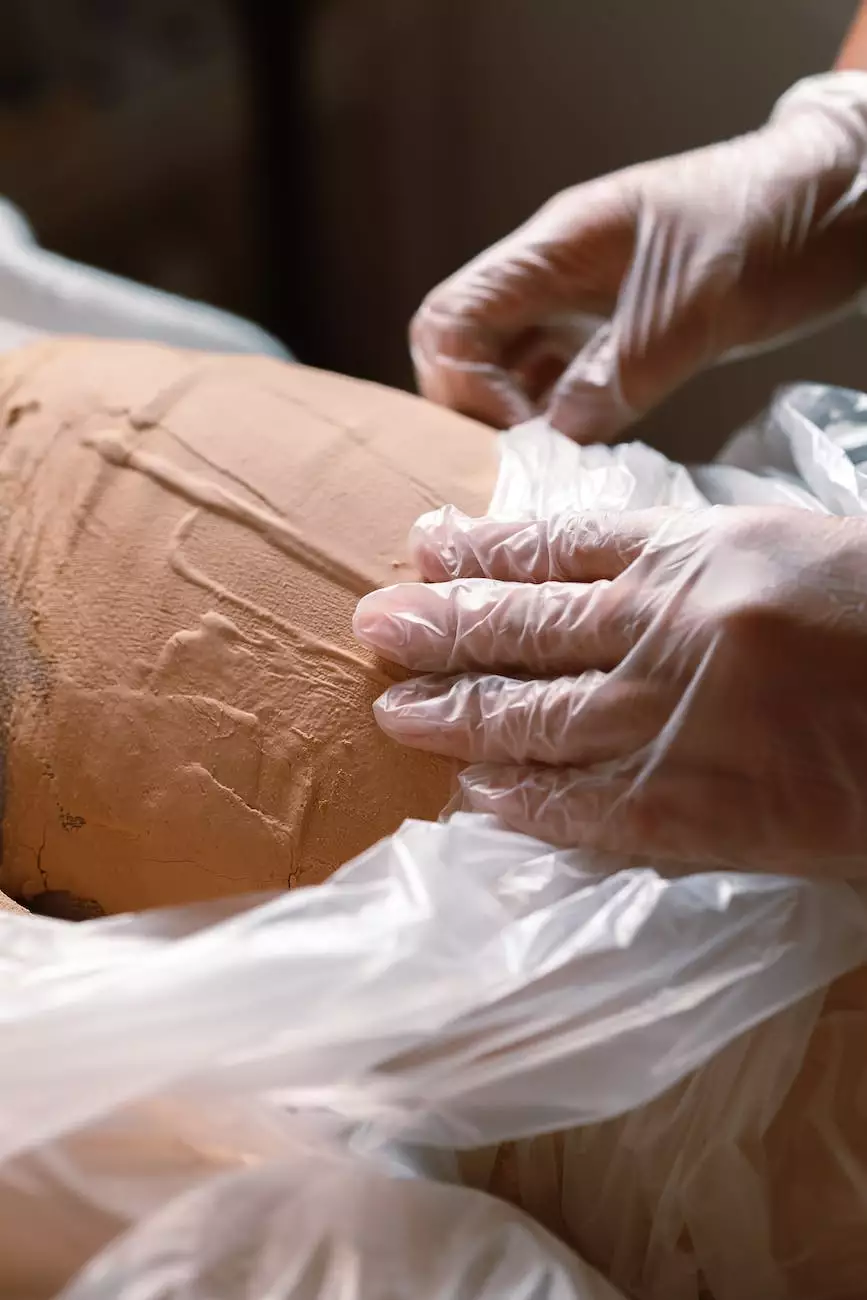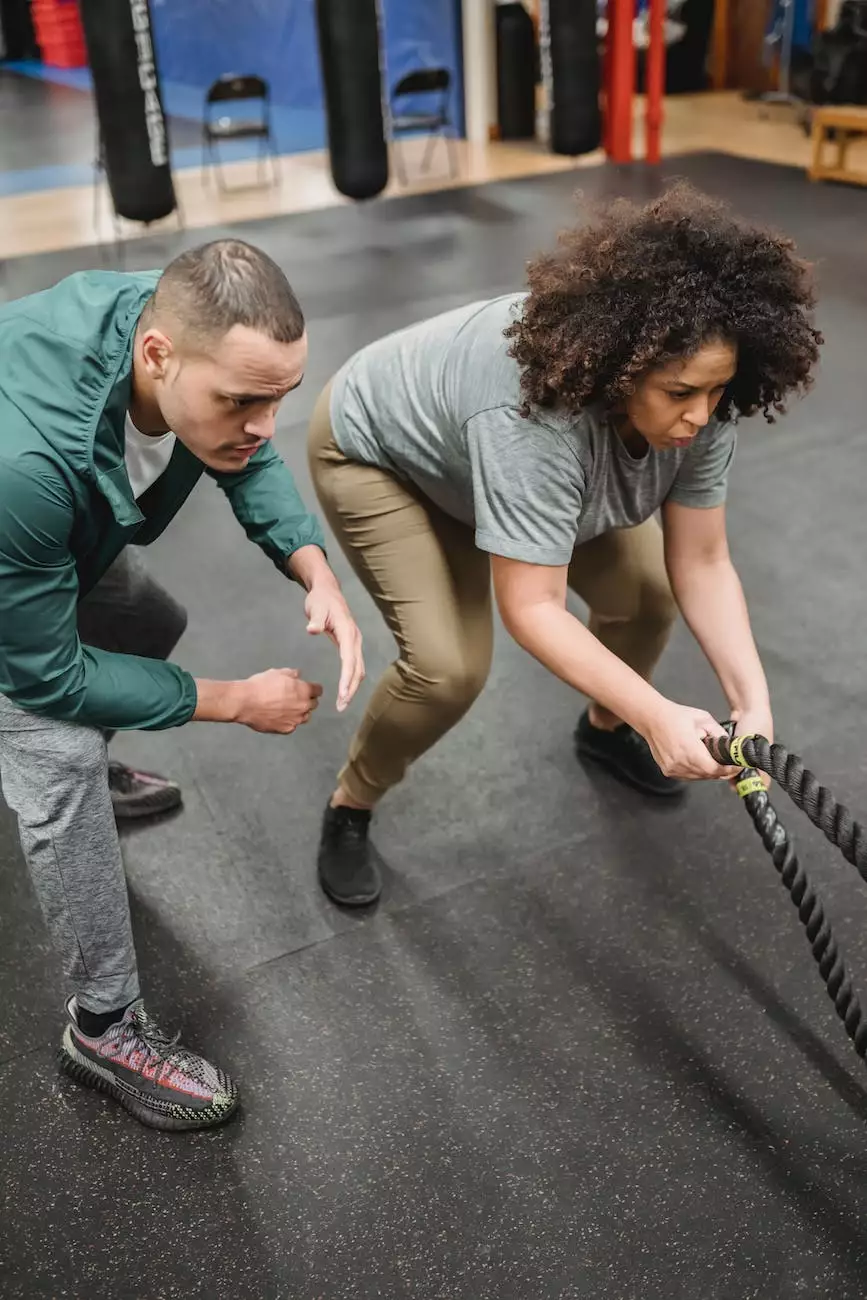Two Important, Yet Simple Tests For Low Back Pain/Leg Pain
Blog
The Significance of Low Back Pain and Leg Pain
If you've been experiencing low back pain or leg pain, you understand how debilitating and frustrating it can be. These symptoms can greatly affect your daily life, making it difficult to engage in activities you enjoy and impacting your overall well-being. At Five Stars Personal Injury, we recognize the importance of addressing and managing such issues effectively. In this article, we will discuss two essential tests that can help assess low back pain and leg pain.
1. Straight Leg Raise Test (SLR)
The Straight Leg Raise Test, also known as SLR, is a widely used assessment to determine the presence of sciatic nerve irritation or compression. It is a simple yet effective test that can be performed with minimal equipment.
How to Perform the Straight Leg Raise Test:
- Begin by lying flat on your back on a comfortable surface, such as a mat or a firm mattress.
- Keep your legs extended and relaxed
- Bend the unaffected leg at the knee, while keeping the affected leg straight.
- Slowly raise the affected leg by lifting the foot towards the ceiling while maintaining the knee in a straight position.
- Pay attention to any pain or discomfort during the movement.
If you experience pain or discomfort in the lower back or down the leg when the affected leg is lifted between 30 to 70 degrees, it may indicate the presence of sciatic nerve involvement. The Straight Leg Raise Test can help identify the potential cause of your low back pain and leg pain, guiding healthcare professionals in designing an appropriate treatment plan.
2. McKenzie's Extension Test
The McKenzie's Extension Test is another useful evaluation technique to assess low back pain and leg pain. It helps determine whether your pain is worsened or alleviated by certain movements and positions, such as extension or flexion.
How to Perform McKenzie's Extension Test:
- Start by lying flat on your stomach on a comfortable surface.
- Place your hands underneath your shoulders with your palms facing down.
- Slowly push your upper body up with your hands, keeping your pelvis and legs relaxed on the surface.
- Stop when you feel a gentle stretch in your lower back.
- Pay attention to any changes in pain or discomfort.
If your low back pain or leg pain is relieved or becomes less severe during the McKenzie's Extension Test, it suggests an extension bias. This means that extension-type movements and exercises may be beneficial for your condition. However, if your pain worsens or escalates, it might indicate a flexion bias, and flexion exercises should be avoided or modified. Understanding the response to McKenzie's Extension Test can aid in tailoring an individualized treatment approach for your low back pain and leg pain.
Comprehensive Information on Low Back Pain and Leg Pain
At Five Stars Personal Injury, we are committed to providing you with comprehensive information and resources related to health. Our expert team understands the complexities surrounding low back pain and leg pain and strives to help you gain a deeper understanding of the tests, causes, and treatment options available. By equipping yourself with knowledge, you can make informed decisions and actively participate in your recovery process.
Conclusion
Low back pain and leg pain can significantly impact your quality of life. By familiarizing yourself with essential tests like the Straight Leg Raise Test and McKenzie's Extension Test, you can better communicate with healthcare professionals and play an active role in your treatment. Remember to consult with a qualified medical professional to receive a proper diagnosis and personalized treatment plan for your condition.










